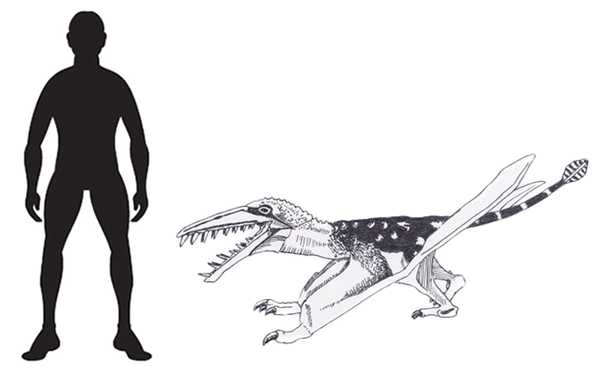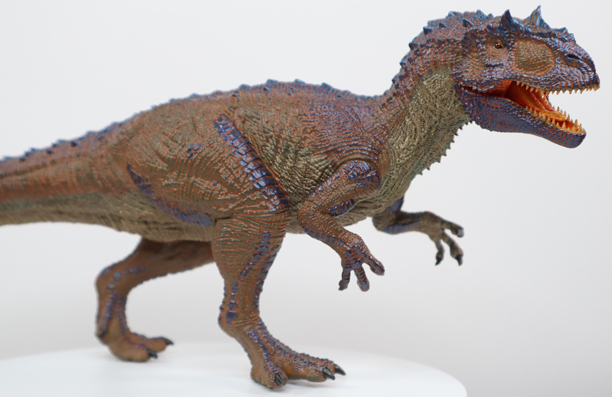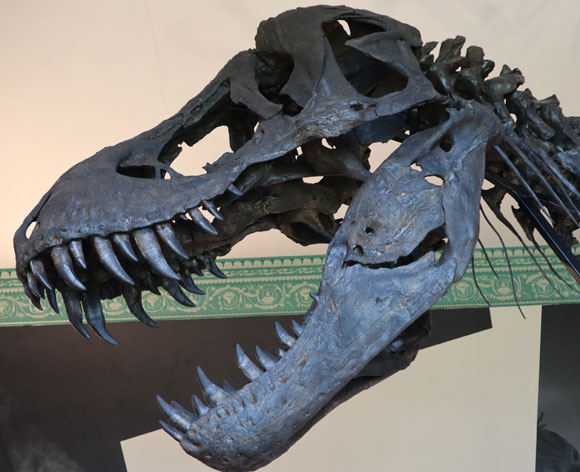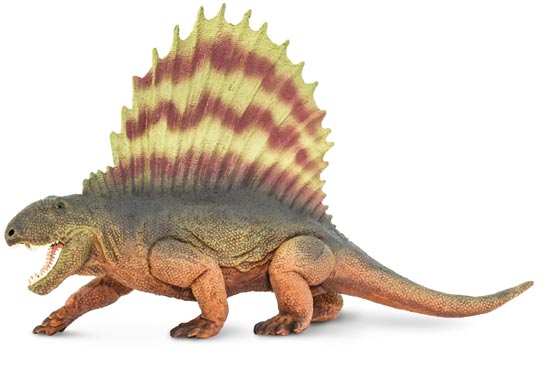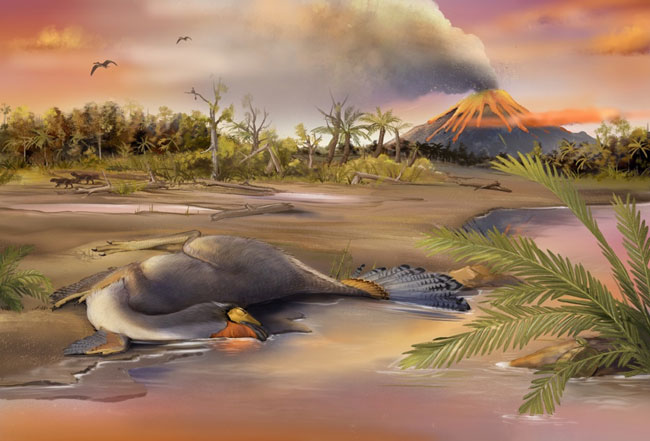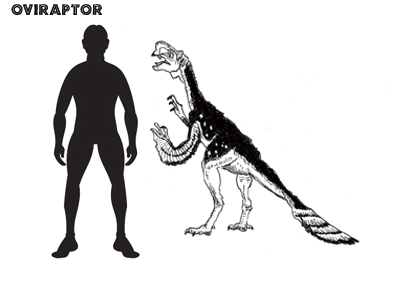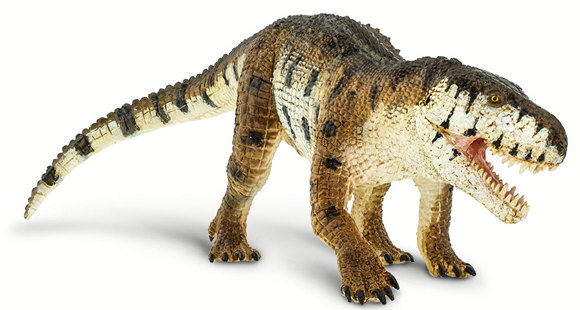Articles, features and information which have slightly more scientific content with an emphasis on palaeontology, such as updates on academic papers, published papers etc.
New Study Demonstrates the “Optimal” Nature of Sabre-toothed Predators
Newly published research demonstrates that the super-sized canines of sabre-toothed predators were “optimal” for biting into prey. Oversized canines have evolved on several occasions within tetrapods. Perhaps, the most famous example are the sabre-toothed cats, such as Smilodon. There have been numerous studies into the efficiency of Smilodon teeth. This new study, published in the journal “Current Biology”, reveals why these canines were “functionally optimal” and highly effective at puncturing prey.
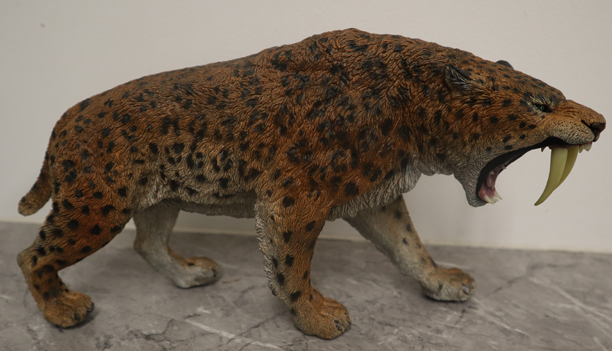
The Rebor Smilodon populator 1/11th scale figure posed with its mouth open. A beautiful replica of a Sabre-toothed cat. A newly published study (January, 2025), highlights the efficiency of the large canines for puncturing prey. Picture credit: Everything Dinosaur.
Picture credit: Everything Dinosaur
The picture (above) shows the Rebor Smilodon populator scale model. This model is in the “jungle” colour scheme. The figure possesses the huge sabre-teeth associated with this big cat. The Smilodon teeth in this figure have been beautifully crafted.
To see the range of Rebor models and figures in stock at Everything Dinosaur: Rebor Figures and Models.
Studying Smilodon Teeth and the Evolution of Sabre-teeth
The research was led by scientists at the University of Bristol in collaboration with Monash University (Melbourne, Australia). The study demonstrates that the long, sharp blade-like teeth gave sabre-toothed predators a significant advantage when it came to capturing and subduing prey.
The findings help to explain why sabre-teeth are seen so frequently in the fossil record. This specialist dentition has evolved independently at least five times in the Mammalia. In 2020, Everything Dinosaur team members wrote about a research paper that explored sabre-tooth hunting methods.
To read our article about this research: Sabre-toothed Predators Evolved Different Hunting Styles.
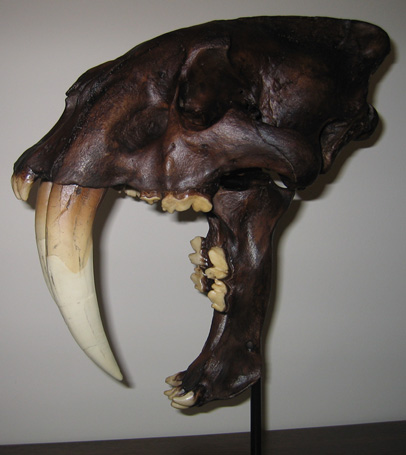
Big-toothed predator. The skull of a Smilodon fatalis (La Brea tar pits). Picture credit: Everything Dinosaur.
Picture credit: Everything Dinosaur
A Possible Explanation for the Extinction of Sabre-toothed Predators
The researchers propose a possible explanation for the demise of sabre-toothed predators. Their increasing specialisation may have acted as an “evolutionary ratchet”. They became highly efficient hunters. However, with their specialised teeth, they were more vulnerable to extinction when ecosystems changed and their prey became scarce.
The team, set out to test whether sabre-tooth shape was an optimal balance between two competing needs: sharp and slender enough to effectively puncture prey and blunt and robust enough to resist breaking. Using 3D-printed steel tooth replicas in a series of biting experiments and advanced computer simulations, the researchers analysed the shape and performance of ninety-five different carnivorous mammal teeth, including twenty-five sabre-toothed species.

Functional optimality drives the repeated evolution of extreme sabre-tooth forms. Picture credit: Dr Tahlia Pollock.
Picture credit: Dr Tahlia Pollock
Lead author of the research, Dr Tahlia Pollock from the University of Bristol explained:
“Our study helps us better understand how extreme adaptations evolve – not just in sabre-toothed predators but across nature. By combining biomechanics and evolutionary theory, we can uncover how natural selection shapes animals to perform specific tasks.”
“Dirk-toothed” and “Scimitar-toothed” Predators
This research challenged a presumption about Smilodon teeth and the dentition of sabre-toothed hunters. Previously, scientists had grouped the canines of sabre-toothed predators into two, broad categories (ecomorphs).
These two categories are:
- “Dirk-toothed” – long, straight canines.
- “Scimitar-toothed” long, canines that have a greater curvature.
Instead, this study uncovered a spectrum of sabre-tooth shapes, from the long, curved teeth of the false sabre-toothed cat Barbourofelis fricki to the straighter, more robust teeth of the machairodont Dinofelis barlowi. This supports a growing body of research suggesting a greater diversity of hunting strategies among these predators than previously thought.
The research team hope to develop their research programme by including all tooth types. Their aim will be to explore the biomechanical trade-offs that shaped the evolution of diverse dentition across the animal kingdom.
Co-author Professor Alistair Evans (Monash University) added:
“The findings not only deepen our understanding of sabre-toothed predators but also have broader implications for evolutionary biology and biomechanics. Insights from this research could even help inform bioinspired designs in engineering.”
Everything Dinosaur acknowledges the assistance of a media release from the University of Bristol in the compilation of this article.
The scientific paper: “Functional optimality underpins the repeated evolution of the extreme ‘sabre-tooth’ morphology” by Tahlia I. Pollock, William J. Deakin, Narimane Chatar, Pablo S. Milla Carmona, Douglass S. Rovinsky, Olga Panagiotopoulou, William M.G. Parker, Justin W. Adams, David P. Hocking, Philip C. J. Donoghue, Emily J. Rayfield and Alistair R. Evans published in Current Biology.
The award-winning Everything Dinosaur website: Prehistoric Animal Models.






